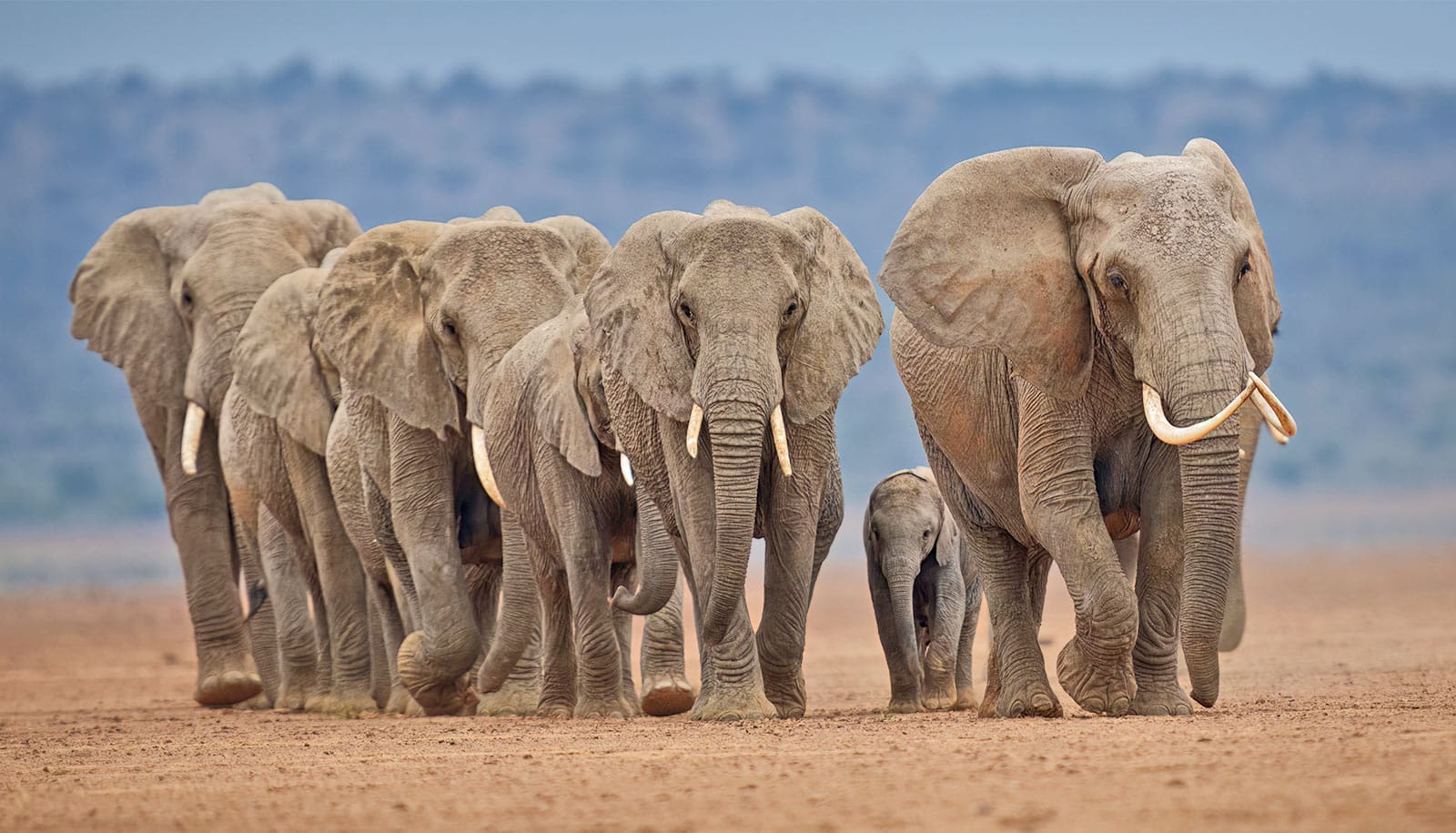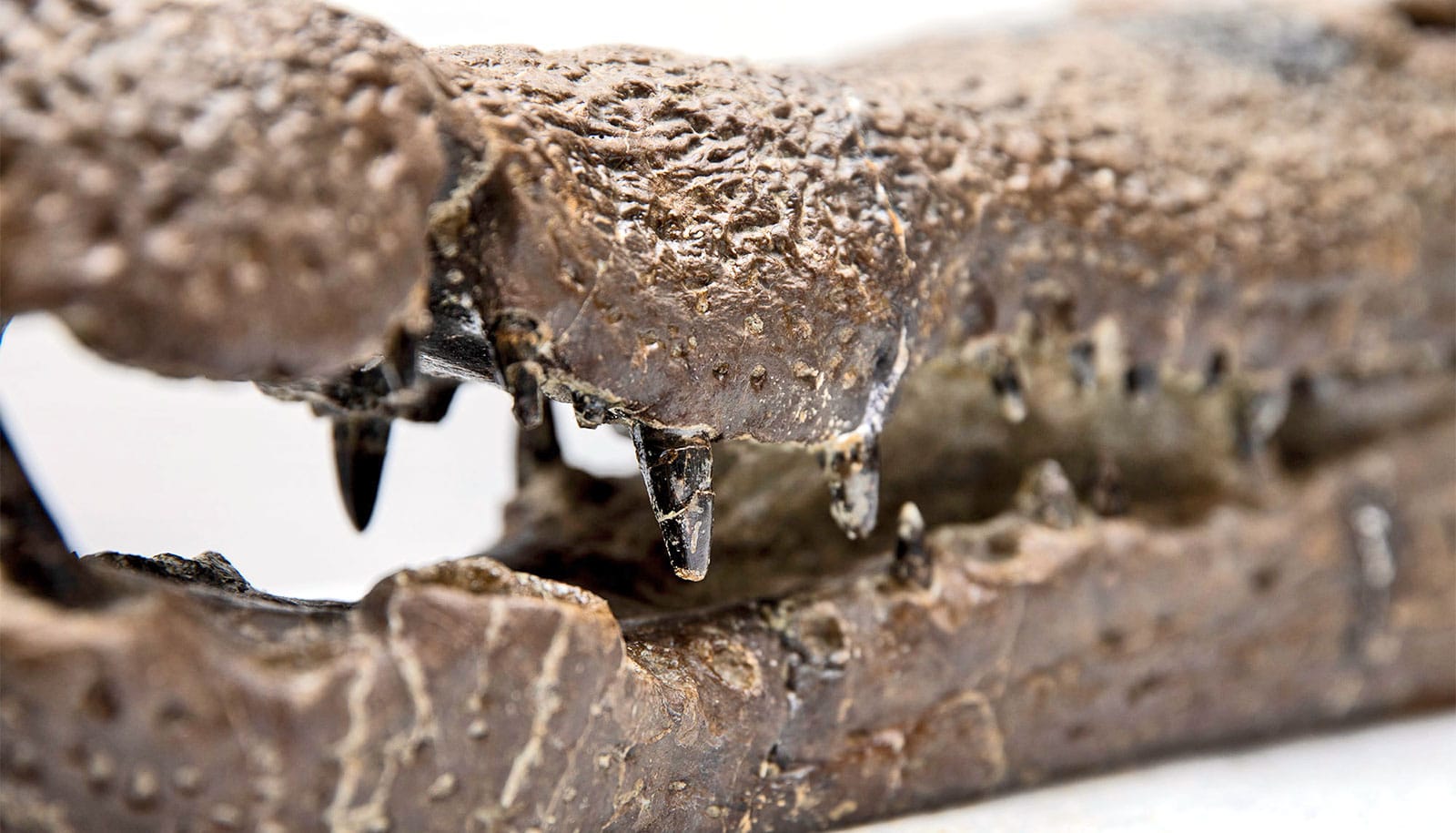To study the long-term effects of invasive species, researchers put aquatic bacteria in glass jars. For two years they tracked how native species fared after an invasion.
Biological invasions pose major threats to biodiversity, but little is known about how evolution might alter their impacts over time.
“Oftentimes, we know the initial impacts of invasive species but we don’t know the long-term impacts—if things will get better or worse,” says Peter Morin, a professor in the School of Environmental and Biological Sciences at Rutgers University.
Typically, biological invasions unfold when humans introduce exotic species—either accidentally or on purpose—into areas where they are not native, says Cara Faillace, a doctoral student who designed the experiments.
“Invasions can cause extinctions, and that’s been documented globally,” she says. “They can also reduce diversity through competition, predation, and when they introduce a pathogen.”
Faillace and Morin compared the performance of populations of resident and invading species for about 200 to 400 generations. They used two different groups of resident species consisting of aquatic bacteria: ciliates—protozoans with hair-like projections called cilia—and rotifers, organisms with cilia-laced mouths and retractable feet. The ciliates and rotifers were collected from Bamboo Pond in Rutgers Gardens in New Brunswick.

For the nearly two-year experiments, one species from each group was designated as an invader of the other community. One group had five ciliates and a rotifer. The other group had three different ciliates and a different rotifer.
The organisms’ worlds were loosely lidded 8.5-ounce jars that contained food, vitamins, sterile water, and two sterile wheat seeds for extra nutrients.
Some went extinct
There were likely hundreds of thousands of protozoans in a microcosm, or jar, and populations turned over fairly quickly, with many chances for mutations, Morin says.
“Every time an individual divides, it’s still alive and it takes six to 24 hours for most of these organisms to reproduce,” he adds.
The results, published recently in Nature Ecology & Evolution, show the microbes’ interactions altered the performance of the resident and invading species, and the researchers think evolution led to differences in performance.
A couple of species were abundant in the beginning but went extinct (they could not be found in the jar) after being invaded, Faillace adds.
Gypsy moths and emerald ash borers
In nature, most biological invasions are accidental, Morin notes.
“It took several tries to get the European starling in North America established, and that was intentional,” he says. “Now they’re the bane of every native bird.”
“Gypsy moths were brought to North America by someone who wanted to see if they could establish a silk industry using gypsy moths,” Morin says. “The cage they were kept in was damaged, they were released and the rest is history.”
Yet many organisms, such as the emerald ash borer, which kills ash trees, get introduced accidentally through commerce, Faillace says. They include the Asian longhorned beetle, which also attacks and kills trees and likely arrived in shipping containers or pallets.
Tiny beetles may be coming for our guacamole
Biological invasions are especially damaging when a predator or pathogen is introduced and when native species have never encountered a predator, the scientists say.
Climate change is a major factor in biological invasions and its impact is likely increasing, Faillace says.
“Presumably as climate shifts, the species that can invade will change or the ranges of species that have invaded will change,” she says.
“The bottom line is that we should expect to see changes in the impacts of invasive species as invaders and native species evolve over time,” Morin says.
Source: Rutgers University



